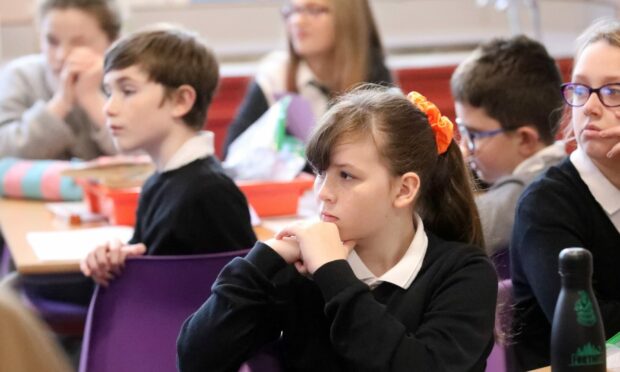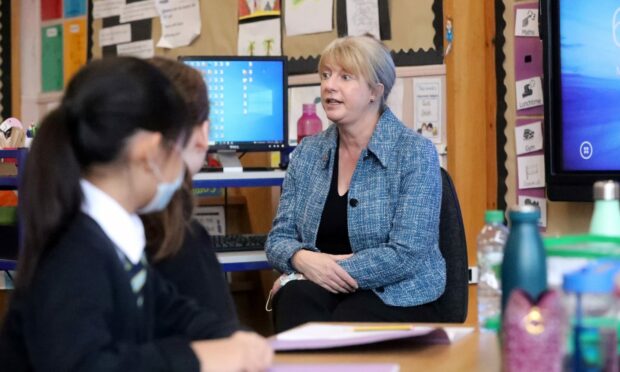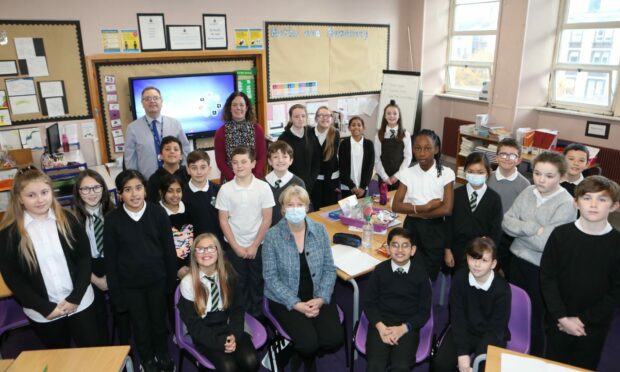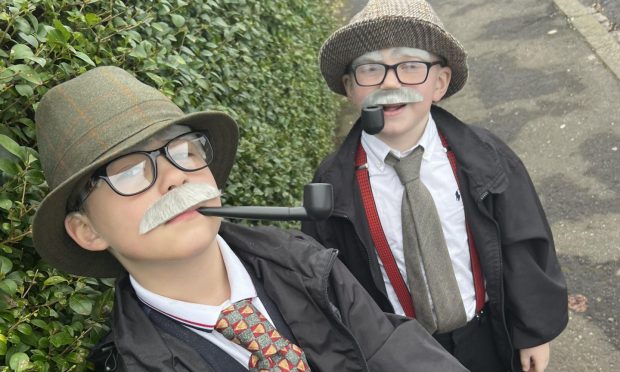What questions would a class of primary school children ask a politician?
Glebeland Primary School P6/7 class got the chance to quiz their local MSP when Shona Robison visited.
And here’s what they wanted to know of the Dundee City East member who is also Cabinet Secretary for Social Justice, Housing and Local Government.
- Why did you become a politician?
- What is the most stressful part of your job?
- What do you do in your spare time?
- What is your favourite part of your job?
- Why did you choose to be in the SNP?
- What are you most proud of in your job?
The class invited Shona Robison and North East Fife MSP Willie Rennie, who had visited the city school on a previous day, to speak to them as part of their project work.
Ms Robison told them about her work as part of the Scottish Government and representing her constituents, before answering the children’s many questions.
Teacher Mairi Easton said: “We have been learning about rights and responsibilities, the democratic process and how the Scottish Government works.
“They asked her [Ms Robison] questions about her job and how her role in parliament was different to being a normal MSP.
“They also wanted to hear personal stories as well, and she talked to them about her daughter.

“The kids were really interested and asked her lots of supplementary questions.”
During their rights and responsibilities project, the 25-strong class had earlier established their own mock political parties, devised their own policies and staged a mock vote.
Mrs Easton was keen for the youngsters to meet real politicians, to learn how accessible they are and how they can make their own voices heard by participating in politics.
She said: “It really does make it real for the children, and that’s what I wanted to instil in them.”











